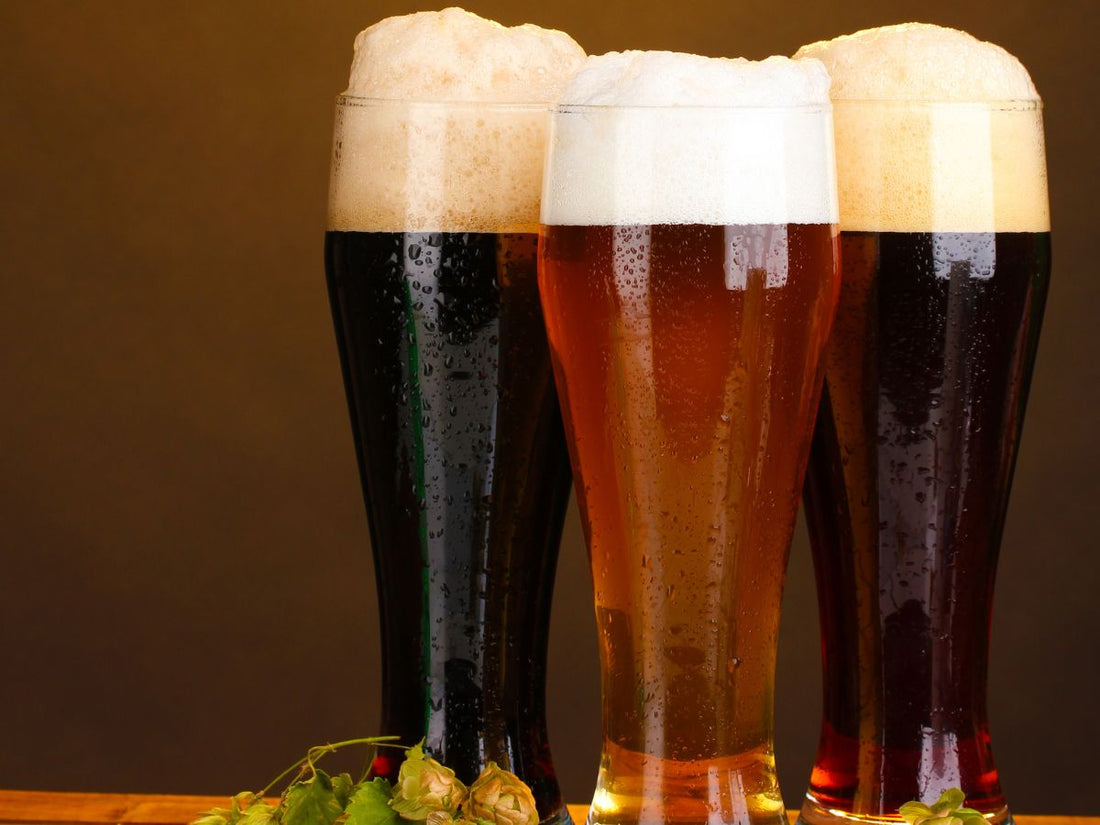Breweries in Galveston Texas: Check Out Local Craft Breweries Today
The Ultimate Distillery Experience: From Grain to Glass, Whatever You Required to Know
Embarking on a trip via the details of the distillery process reveals a world where scientific research satisfies virtuosity in the production of spirits. From the cautious selection of grains to the thorough crafting of each bottle, every action in the production line plays a critical duty in shaping the final item that graces our glasses.
The Art of Grain Selection
Selecting the suitable grains is an essential action in the distillation process, establishing the taste profile and quality of the end product. The type of grain chosen substantially influences the character of the spirit being produced - Distillery in Galveston. Usual grains used in purification include barley, corn, wheat, and rye, each imparting distinctive tastes and features to the last item

Beyond taste considerations, the high quality and pureness of the grains are paramount. Distillers diligently resource grains to ensure they are free from contaminants and have the essential starch material for fermentation. By understanding the art of grain choice, distillers lay the structure for creating exceptional spirits that mesmerize the taste buds.
Purification Process Demystified
Having established the foundation with meticulous grain option, the distillation procedure emerges as the transformative phase where the essence of the picked grains is unlocked and improved into a perky kind. The process does not end there; several distillation runs or extra steps such as maturing in barrels might better refine the spirit, boosting its flavor, character, and intricacy. Comprehending the complexities of the purification process is critical for producing high-grade spirits that astound aficionados and enthusiasts alike.
Barrel Aging and Flavor Growth
During the barrel aging process, spirits go through a transformative journey as they interact with the wood, soaking up nuanced tastes and establishing a rich complexity. As spirits age in the barrels, they extract compounds such as vanillin, lignin, and tannins from the timber, contributing to the development of aromas like vanilla, sugar, spice, and also hints of toasted oak.
In addition, the aging procedure enables oxidation to take place, causing additional chemical responses that smooth the spirit and complete any kind of severe sides. The permeable nature of timber also allows the spirit to take a breath, promoting the integration of tastes in time. Depending upon the period of aging and ecological problems like temperature and humidity, spirits can acquire different qualities, from refined wood notes to deep, complicated flavors that make each set unique. Inevitably, barrel aging plays a pivotal role in forming the distinctive preference account of each spirit, offering a sensorial journey for lovers to savor.
Workmanship in Bottling and Labeling
As spirits reach their ideal flavor profiles via barrel aging, the precise craftsmanship in identifying and bottling becomes the next important step in offering a premium product to customers. The process of identifying and bottling is an essential element of the overall distillery experience, as it is the final touchpoint prior to the item reaches the hands of consumers (Breweries in Galveston Texas). Craftsmanship in bottling entails guaranteeing that each container is filled precisely with the spirit, thinking about aspects such as consistency in fill levels and the prevention of any impurities entering the bottle
Tasting and Appreciating Fine Spirits
To completely value fine spirits, one must engage all the detects in a mindful and intentional tasting experience. When sampling fine spirits, it is important to start by observing the spirit's look. Note the color, clarity, and viscosity of the liquid in the glass. Swirl the spirit delicately to launch its Galveston Whiskey fragrance. The nose is a vital feeling in sampling spirits; take a moment to inhale the complicated fragrances deeply. Next, take a tiny sip and let it linger on your taste. Take notice of the different tastes that unravel - from sweet and fruity notes to spicy or great smoky undertones. Take into consideration the mouthfeel, keeping in mind if the spirit is smooth, velvety, or fiery. Swish the spirit in your mouth to fully experience its texture and preference. Lastly, swallow gradually and appreciate the remaining coating. Fine spirits typically leave a pleasurable aftertaste that can expose also extra regarding the workmanship and high quality of the drink. By engaging all your detects in this manner, you can genuinely appreciate and appreciate the complexities of great spirits.
Final Thought
In final thought, the distillery experience includes the detailed art of grain choice, the specific purification procedure, the transformative barrel aging, the precise craftsmanship in labeling and bottling, and the advanced method of tasting and appreciating great spirits. Each action in the production process plays a critical duty in producing top quality spirits that mesmerize the senses and pleasure lovers worldwide.
The type of grain chosen considerably influences the character of the spirit being generated. By grasping the art of grain selection, distillers lay the structure for developing extraordinary spirits that mesmerize the taste buds.
